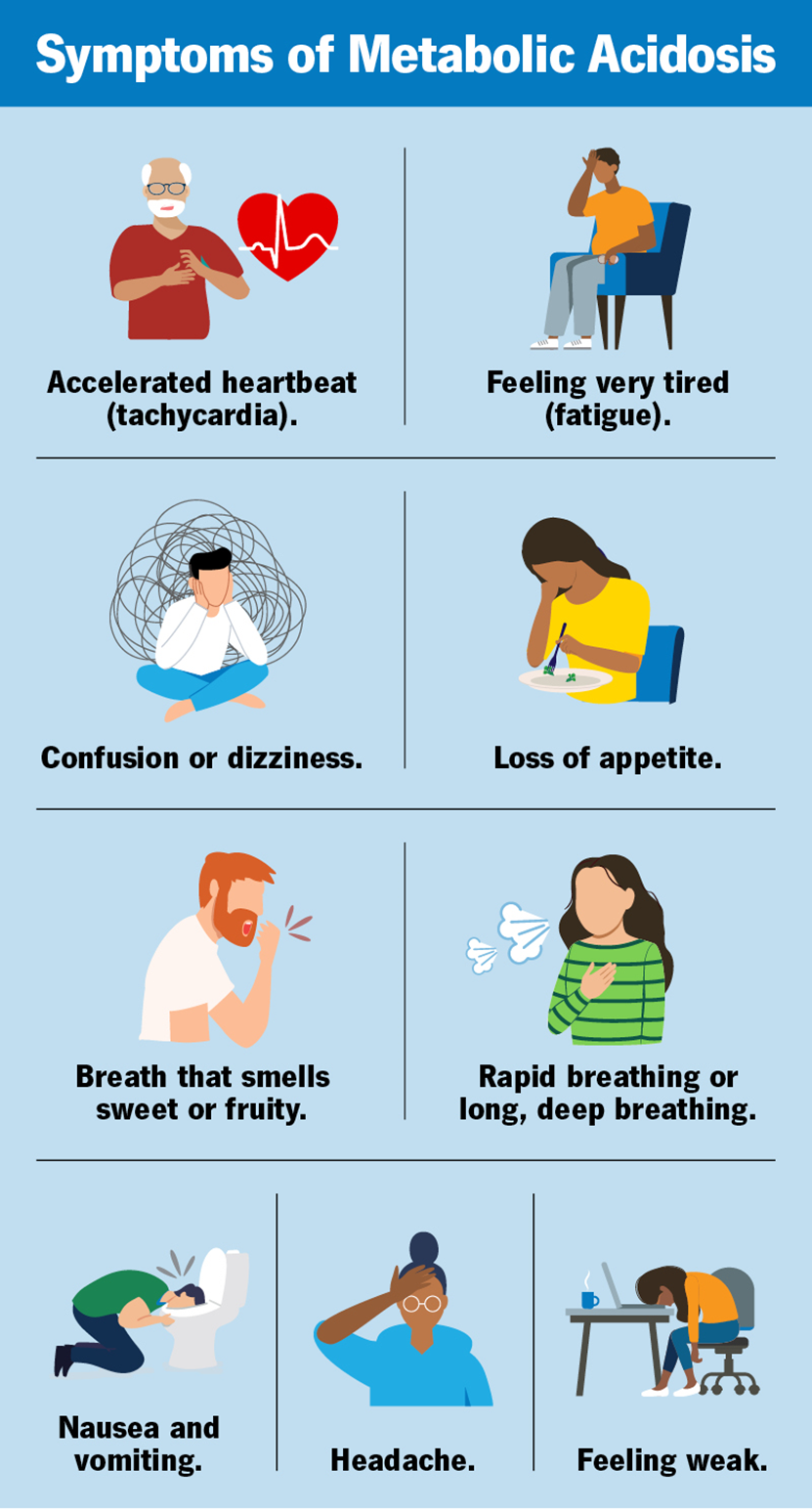A nurse is caring for a client who had an arterial blood gas drawn. The pH on the ABG is 7.10. What acid-base imbalance does this client have?
Hyperkalosis
Hyponatremia
Acidosis
Alkalosis
The Correct Answer is C
Choice A Reason:
Hyperkalosis is incorrect. Hyperkalosis refers to an elevated level of potassium in the blood, which is not directly related to the pH level. While hyperkalemia can occur in acidosis, it is not the primary condition indicated by a low pH
Choice B Reason:
Hyponatremia is incorrect. Hyponatremia refers to low sodium levels in the blood. It does not directly affect the pH level and is not indicated by the pH value provided.
Choice C Reason:
Acidosis is correct. The normal pH range for arterial blood is 7.35 to 7.45. A pH of 7.10 is below this range, indicating that the blood is too acidic. This condition is known as acidosis.

Choice D Reason:
Alkalosis is incorrect. Alkalosis refers to a condition where the blood pH is higher than the normal range, indicating that the blood is too basic. A pH of 7.10 is too low, not too high, and therefore indicates acidosis.
Nursing Test Bank
Naxlex Comprehensive Predictor Exams
Related Questions
Correct Answer is ["1"]
Explanation
We know:
- The prescribed dose is 25 mg.
- The available concentration is 125 mg per 5 mL.
Step 2 is to set up the calculation.
We will use the formula: (Desired Dose in mL) = (Prescribed Dose in mg × Volume Available in mL) ÷ Concentration Available in mg
Step 3 is to plug in the values into the formula.
(Desired Dose in mL) = (25 mg × 5 mL) ÷ 125 mg
Step 4 is to perform the multiplication first.
25 mg × 5 mL = 125
Step 5 is to perform the division.
125 ÷ 125 mg = 1 mL
Step 6 is the result.
The nurse should administer 1 mL per dose.
Correct Answer is ["A"]
Explanation
Choice A reason: Pee privacy
Ensuring privacy for a patient, especially one who is pregnant, is crucial. Privacy helps maintain the patient’s dignity and comfort during medical procedures. It also fosters a trusting relationship between the patient and the healthcare provider. In this context, “Pee privacy” likely refers to ensuring the patient has privacy when providing a urine sample, which is a common procedure during pregnancy check-ups to monitor for conditions like gestational diabetes or preeclampsia.
Choice B reason: Otoscope
An otoscope is a medical device used to look into the ears. While it is an essential tool in many medical examinations, it is not specifically related to the care of a pregnant patient unless there is a specific concern about ear health. Therefore, this choice is less relevant in the context of routine pregnancy care.
Choice C reason: Tannic acid
Tannic acid is a substance that can be used for various medical purposes, including treating burns and stopping bleeding. However, it is not typically associated with routine pregnancy care. Its inclusion in this list seems out of place unless there is a specific, unusual medical condition being addressed.
Choice D reason: Pupil dilation
Pupil dilation is a procedure often performed during eye examinations to allow a better view of the retina and other structures inside the eye. While important in ophthalmology, it is not a standard procedure in the care of a pregnant patient unless there is a specific concern about the patient’s vision or eye health.
Whether you are a student looking to ace your exams or a practicing nurse seeking to enhance your expertise , our nursing education contents will empower you with the confidence and competence to make a difference in the lives of patients and become a respected leader in the healthcare field.
Visit Naxlex, invest in your future and unlock endless possibilities with our unparalleled nursing education contents today
Report Wrong Answer on the Current Question
Do you disagree with the answer? If yes, what is your expected answer? Explain.
Kindly be descriptive with the issue you are facing.
